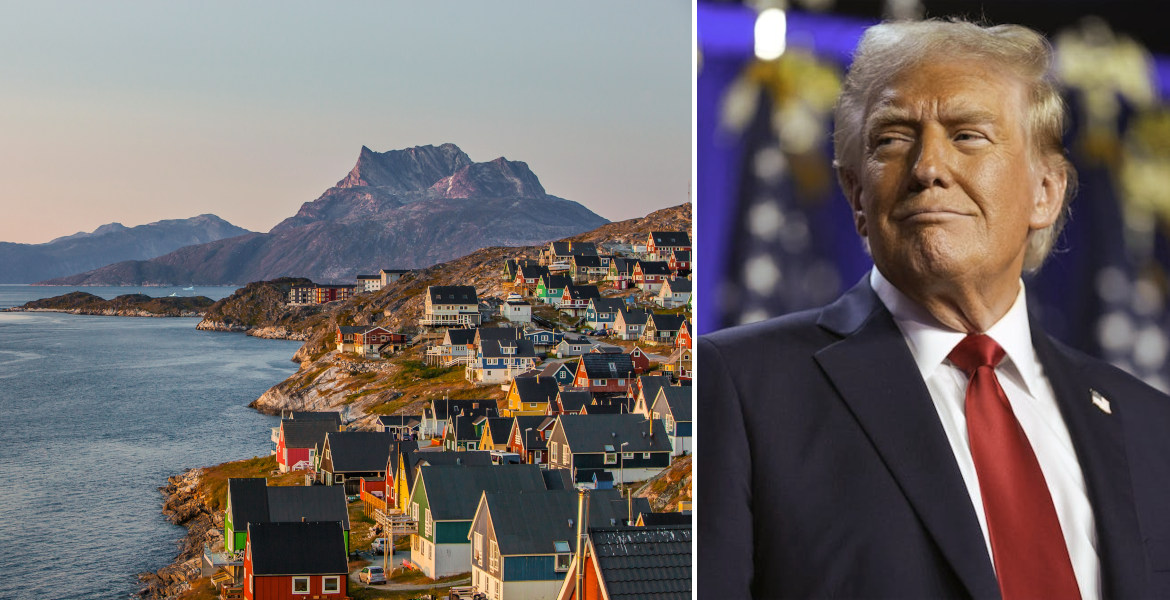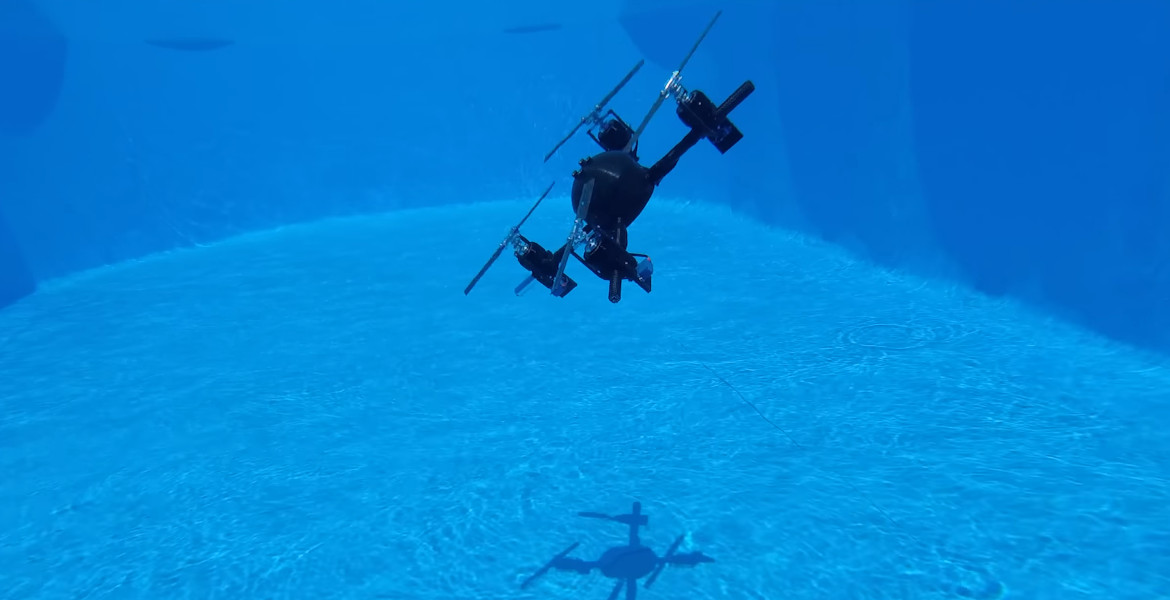At least three Americans with ties to President Donald Trump are conducting influence operations in Greenland aimed at undermining the relationship between Denmark and Greenland.
The men are mapping Trump-friendly Greenlanders and gathering information that could be used to damage Denmark’s reputation, according to sources speaking to Danish media.
Actors with direct connections to the White House are conducting systematic attempts to infiltrate Greenlandic society. The goal is to create a pro-American independence movement and weaken ties to Denmark, reveal several anonymous sources with insight into the matter to Danish public broadcaster DR.
One of the men, who has often been seen publicly with President Trump and recently received a role with influence over US security policy, landed earlier this year in snow-covered Nuuk, Greenland’s capital, with a clear mission. He established lists of both Trump sympathizers and opponents among Greenlandic citizens, it is reported.
At the same time, he is said to have collected material about controversial Danish affairs – such as forced removals of Greenlandic children and the so-called spiral affair where Danish doctors inserted contraceptives into Greenlandic women without consent.
— What we see is the use of soft power, influence and attempts to create internal division, says a source to the channel.
Danish security service confirms influence campaigns
Both Danish authorities and the country’s government are now closely monitoring the Americans’ movements on the Arctic island. Two of the men, both with backgrounds in the Trump administration, have regularly traveled between the US and Greenland in recent years to build networks among politicians and businessmen.
— We are all worried about this. Of course we are, confirms a government source.
The Danish Security and Intelligence Service (PET) also confirms that Greenland is being subjected to influence campaigns and that they are in “ongoing and close dialogue with the Greenlandic authorities about developments in the threat picture”.
According to PET’s assessment, the campaigns aim to “create division in the relationship between Greenland and Denmark” by exploiting real or fabricated conflicts.
American strategy in three phases
Sources within the government describe the Trump administration’s Greenland strategy as divided into three distinct phases since the president declared in December 2024 that American “ownership and control of Greenland is an absolute necessity”.
First came the charm offensive, symbolized by Donald Trump Jr.’s high-profile visit to Nuuk in January. This was followed by pressure on Denmark, when Vice President J.D. Vance visited the American Pituffik base in March and accused Denmark of betraying the Greenlanders. Now the strategy is in its third phase according to sources: infiltration of Greenlandic society.
One source warns that the summer’s calmer activity may be misleading:
— Perhaps what we are experiencing right now is the calm before the storm. And perhaps the fewer activities in Greenland are an expression that professional institutions have begun to operate, which they will be better at hiding, he speculates.
Concerns were heightened after the Wall Street Journal’s reporting in May that American intelligence services had been ordered to intensify espionage in Greenland, focusing on the independence movement and mapping Trump sympathizers.
Sensitive for Denmark
The American activities also place Danish power holders in a delicate position. While they want to alert Greenlanders to the influence attempts and prevent them, they are simultaneously concerned for political reasons about not being perceived as interfering in Greenland’s internal affairs.
— Greenlanders are welcome to work for independence, and the US is welcome to invest and work for stronger ties to Greenland, explains one source, but emphasizes that there are limits that must not be crossed.
— No one is allowed to spy – not even the Americans.
The White House has declined to comment on the allegations from Danish media, and the US embassy in Copenhagen, Denmark refers to the fact that “the American government does not control or direct the actions of private citizens” and that they “respect the Greenlandic people’s right to determine their own future”.






